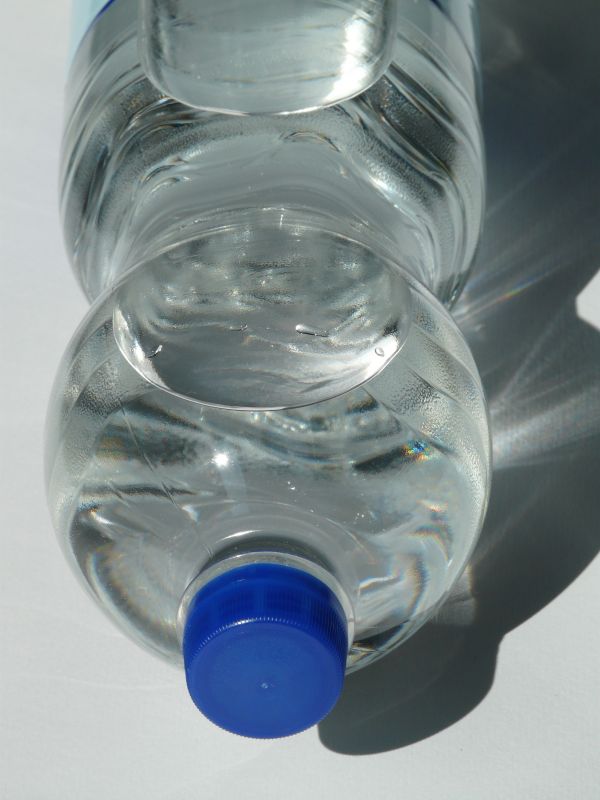The first fully biodegradable water bottle is coming. Cove Labs estimates that its biodegradable water bottles will disintegrate in water and soil in less than 5 years.
The Cove water bottle is a slim, sturdy, eggshell white cylinder with a matching lid.
Scientists and companies have spent many years and a lot of money trying to replace everyday packaging with natural materials that don’t pollute the planet. So far, there have been few results beyond compostable straws. But that hasn’t deterred Cove from producing the first “fully biodegradable” water bottle. Cove’s creation will hit stores at $2.99 a pop in the coming months.
Pandemic delays and supply chain bottlenecks have repeatedly delayed the startup’s plans. In February 2019, Totterman said Fast Company Cove’s bottles would arrive in stores. That did not happen. In October 2020, Totterman told the Los Angeles Times that his bottles were coming. Missed again.
But Cove’s investors are still there. The company has raised $20 million since 2018. Cove is now nearly ready to produce 20 million bottles annually to meet the interest of “almost every major retailer and brand,” Totterman said.
The biodegradable bottle manufacturing process

Cove’s bottles start in kitchens. RWDC Industries, a chemical supplier with U.S. headquarters in Georgia, first collects cooking oil from restaurants and ferments it into polyhydroxyalkanoates, or PHA, a polymer designed to dissolve in water or soil without any toxic residue. RWDC ships this creation to the Cove warehouse in Los Angeles, where it arrives in tiny round pellets that look like pieces of polystyrene. RWDC adds secret ingredients to its concoction.
The PHA pellets are then transported to the Cove plant, where they are sent through machines to draw out the moisture, sift the metal, and stretch, cut, and mold the material into a water-safe canister. The ink, made from algae, is also intended to biodegrade. According to Cove’s estimates, its bottles will disintegrate in water and soil in less than five years.
If PHA gets too cold, it becomes too brittle. If it gets too hot, it becomes soft. Bottling equipment had to be modified to handle the unstable material, and most took forever to appear. Steel pipes to transport the pellets between machines and a temperature sensor tool didn’t arrive for more than a year. Even today, one of Cove’s 12 employees is still manually sorting the bottles that come off the assembly line. A mechanical sorter is on its way, but it’s coming long.

When Cove began production, it shipped PHA pellets to labs to test their physical properties, waiting for the results before forging them into bottles. “That wasn’t fast enough,” said Agnes Steckler, Cove’s research director. So the company built its lab, a room with eight machines to measure PHA’s resilience, melting points, and molecular weight. The lab cost the startup a lot of time and “millions of dollars,” Totterman said. But it was worth it: “We had to step back to take two steps forward.” Even that wasn’t the last hurdle. Once Cove finally started producing bottles, most weren’t strong enough to withstand a tight grip or a few feet of fall.
Meanwhile, every food and beverage giant, under tremendous pressure to get rid of plastic, experimented with natural substitutes. Only some projects have left the laboratory stage. Coca-Cola Co, for example, abandoned plans for 100% recyclable plant-based packaging, saying consumers wanted reusable bottles.
After working with subcontractors, Totterman brought the Cove process in-house, recruiting a small team of materials scientists and manufacturing veterans.
Other obstacles remain. Recent environmental legislation in California classifies PHA as a plastic, limiting the amount of material Cove can use in production. Prices are also constantly changing. Two years ago, Cove promised a $2.29 bottle, but it has since added 70 cents to that rate in response to raw material price increases.
